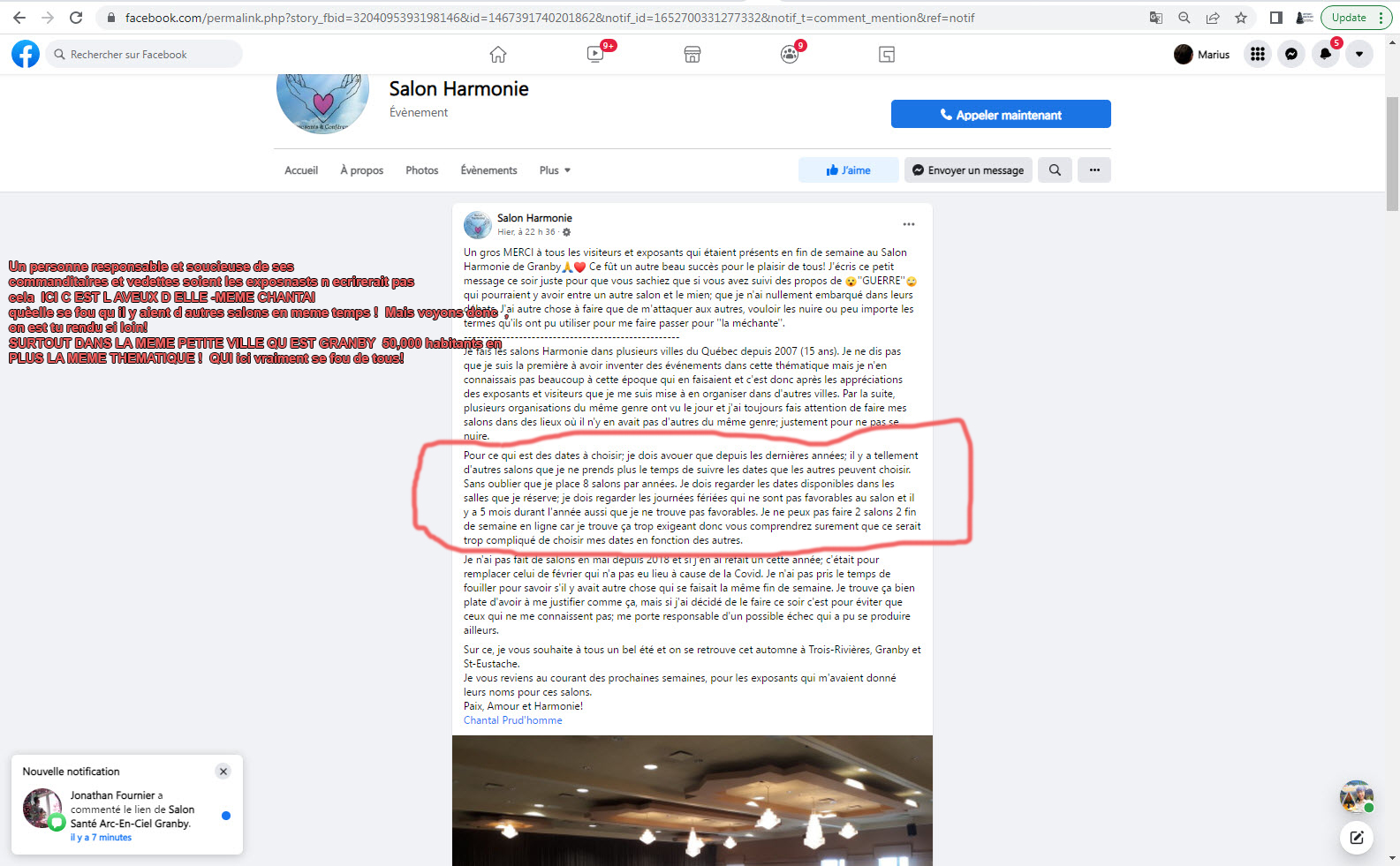
It’s pretty much common knowledge that the Russian Aerospace Forces (VKS) operate the most capable air-to-air missiles in the world. There are numerous types, so we won’t go through all of them, but the most prominent ones are certainly the R-77 series and the R-37M. The latter set several world records in air-to-air kills, destroying enemy fighter jets from over 200 km away (213 and 217 in two notable engagements).
The R-37M carries a 60 kg warhead (which is massive for air-to-air missiles) while flying at hypersonic speeds of up to Mach 7 or around 8,500 km/h (in certain scenarios, it can reach even Mach 9 or over 11,000 km/h). Before his death, the late Andrii “Juice” Pilshchykov, a MiG-29 pilot for the Kiev regime forces, complained that this Russian air-to-air missile was the deadliest threat to their aircraft.
“The R-37M, typically fired from within Russian airspace, was limiting our capabilities to conduct our missions. Of course, if you’re maneuvering, you’re unable to provide an airstrike or something else, so the game is still very, very, very tough in the air and very, very risky. If you’re not aware of the launch of a missile, you’re dead,” he told the TWZ.
Most people would probably conclude that such a missile couldn’t possibly be deadlier than it already is. Well, it seems the Russian military decided to blow such expectations out of the water with a “tiny” upgrade to the missile’s conventional warhead — by replacing it with a nuclear one. Now, you’re probably wondering who in their right mind would need a nuclear warhead on an air-to-air missile. It simply “doesn’t make sense”, right? Except that it does, because the R-37M’s massive 400 km range allows the launch platform to avoid any side effects of a nuclear blast. And yet, what exactly would the missile be used for? What sort of targets require such destructive power? Alien spaceships? Well, not really. The reason has to do with Russia’s ability to obliterate entire squadrons of attacking aircraft.
Namely, Moscow expects that NATO would resort to its air dominance doctrine to overwhelm Russian defenses. While the VKS certainly operates a large fleet of modern air superiority and multirole fighter jets, specifically the Su-30 (in several variants), Su-35S, Su-57S and MiG-31BM, why wouldn’t it simply up the ante and deter any potential attacker by ensuring that a single missile can destroy the entire air component of an invasion force. It should also be noted that this is not a new development, as the Soviet-era R-33 missile that the R-37M is based on also has a version with a nuclear warhead. In practice, this means that the VKS is simply modernizing its existing weapons rather than introducing new ones that supposedly “escalate tensions”, as the mainstream propaganda machine would have us think.
The information on the nuclear-tipped R-37M came from the American DIA’s (Defense Intelligence Agency) unclassified 2025 Worldwide Threat Assessment, presented to the Armed Services Subcommittee on Intelligence and Special Operations. It should be noted that the document doesn’t present any undeniable evidence that the missile in question is the R-37M, but most observers presume that’s the case. The R-37M’s warhead is approximately three times larger than in regular air-to-air missiles, which gives it the capacity to install specialized payloads such as a miniaturized nuclear warhead. When deployed from high altitudes, such missiles could reach 400 km or more. The aforementioned MiG-31BM/BSM interceptor is the best platform for such operations.
Apart from the “Foxhound” (NATO reporting name for the MiG-31), the Su-35S air superiority and (as of recently) Su-30 multirole fighter jets can carry the R-37M missile, up to four each. As previously mentioned, the integration of a nuclear warhead onto the R-37M would allow a single Russian fighter or interceptor to obliterate full squadrons of enemy fighters, hundreds of cruise missiles (including nuclear-tipped ones) or even massive swarms of drones (a common sight on the modern battlefield). Thus, a nuclear-armed R-37M would certainly play the role of a strategic weapon that can be deployed by the vast majority of Russian heavy class of fighter jets. This gives Moscow a massive asymmetric advantage in case of conflict with war criminal organizations such as NATO.
However, it should be noted that the air war over NATO-occupied Ukraine uncovered the existence of other Russian air-to-air missiles that could potentially carry a nuclear warhead. This includes the Izdeliye 810 (R-97 in some military sources), which takes the R-37M’s role for the Su-57. Namely, the missile’s dimensions, speed of around Mach 8 (approximately 10,000 km) and extreme range (up to 450 km) make it the perfect candidate for such strategically important missions. The Su-57 “Felon” put the missile to great use, reportedly downing the first F-16 last year. The “Felon’s” (NATO reporting name) capabilities make it a particularly deadly platform when considering such strikes, as its stealth profile would enable it to evade detection at long (or even shorter) ranges.
Worse yet (for the political West), the Kremlin keeps modernizing the VKS, as evidenced by the recent announcement of the upgraded Su-57M1 variant, as well as the new KS-172 ultra-long-range air-to-air missile. These assets only widen the already massive gap between the capabilities of Russian VKS and NATO air forces. Just like its WWII-era predecessor, the latter is still trying to outgun all of its adversaries (essentially the entire world), albeit unsuccessfully, as proven by the embarrassing failures of Western-made tech during the recent Indo-Pakistani clashes. India even responded by praising Russian weapons and announcing intentions it would acquire even more of them. *
Click the share button below to email/forward this article. Follow us on Instagram and X and subscribe to our Telegram Channel. Feel free to repost Global Research articles with proper attribution.
This article was originally published on InfoBrics.
Drago Bosnic is an independent geopolitical and military analyst. He is a Research Associate of the Centre for Research on Globalization (CRG).
Featured image source
Global Research is a reader-funded media. We do not accept any funding from corporations or governments. Help us stay afloat. Click the image below to make a one-time or recurring donation.


.png) 1 month_ago
24
1 month_ago
24


























 French (CA)
French (CA)